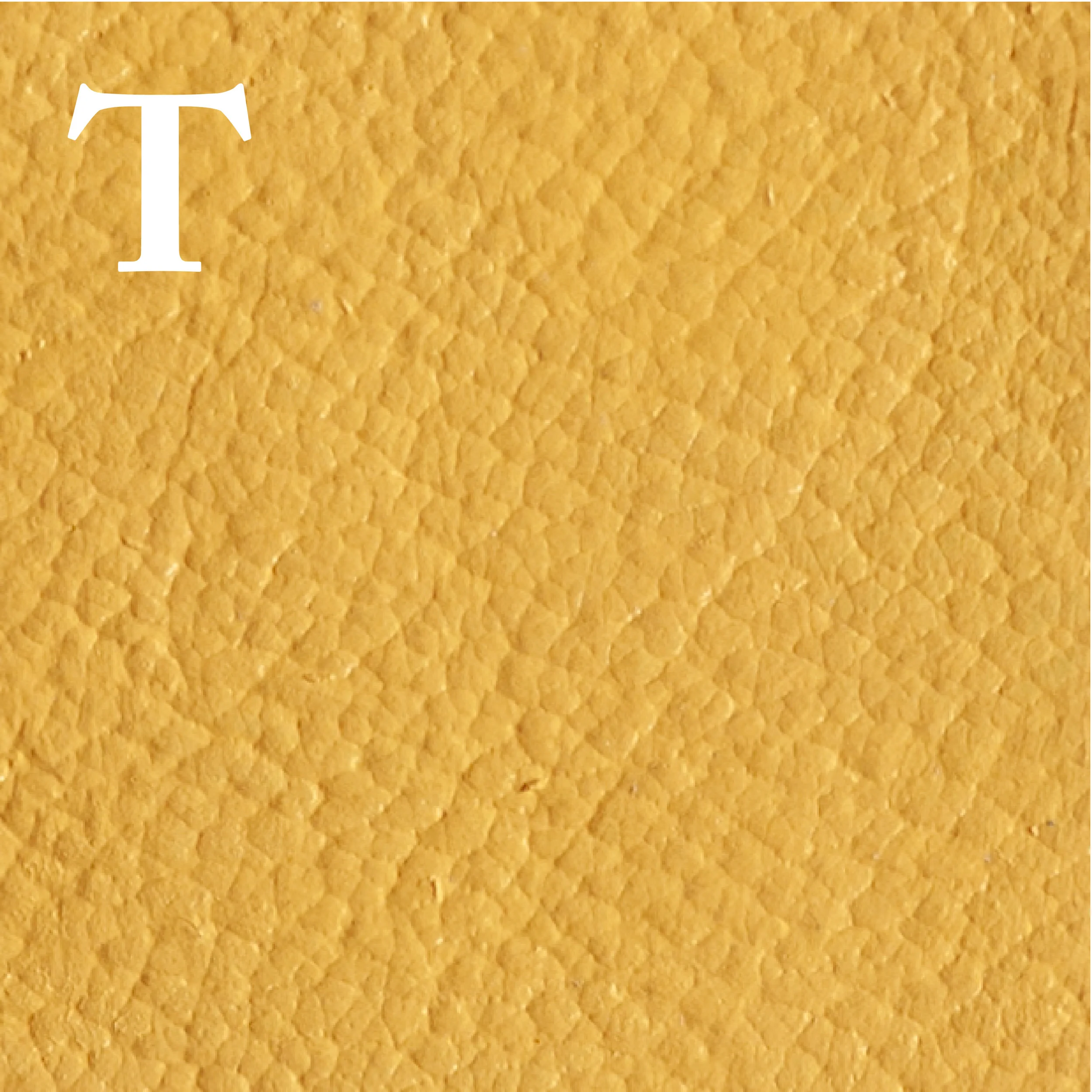Imperial Yellow
The color yellow was special in China for over a thousand years. Yellow, the earth color, is considered the most beautiful and prestigious, and the Chinese saying, “Yellow generates Yin and Yang,” indicates that it is the center of everything.¹
The Theory of the Five Elements are represented in traditional Chinese art and culture by the colors black, red, white, green-blue, and yellow. These five colors, in order, correspond to the elements of water, fire, metal, wood, and earth. The colors were also represented as directions, with yellow in the center. Naturally, the center is where the emperor was located. The earliest record of an emperor wearing yellow is of the Emperor Wen of Sui (557-602 A.D.) who wore a court gown of ochre yellow.²
Yellow became associated with royalty during the Zhou Dynasty (1046-256 B.C.) when a system of etiquette was established, determining what people of different ranks could wear in terms of color, material, and patterns. At a glance, positions in court and even the royal household could be determined by what someone was wearing. Yellow surpassed the other colors when it became the emblem of the emperor, and was used heavily in decorating the royal palaces, temples, altars, and the royals themselves.
It was decided during the reign of Emperor Gaozong of Tang (649-683 A.D.) that only the emperor could wear the specific color reddish-yellow for it was the color of the sun—and, just as the philosopher Confucius said (551-479 B.C.), “There cannot be two suns in the sky, nor two emperors on the earth.” This reddish-yellow color is what we now refer to as “Imperial Yellow.”
Imperial Yellow Peking Glass Vase (vase dated to 1820s, early reign of the Daoguang Emperor). Photo: Wikipedia.org, “Imperial Yellow.”
Even for that time, the making of reddish-yellow dye was a long, labor-intensive process. In order to achieve the exact color, tubers from the Chinese foxglove needed to be harvested at the end of the eighth lunar month and pounded to a smooth paste. Then the paste (almost seven cups were necessary to dye a piece of silk approximately 50 square feet in size) needed to be mixed with a mordant (a substance that helps dye adhere to cloth and not wash away) made of ashes from oak, mulberry, or beach wormwood trees. In addition, the silk went through two dye vats, and the cauldrons had to be rust-proof.³
Use of Imperial Yellow was guarded, and a law passed at the beginning of the Tang dynasty in 1618 A.D. ruled that “Common people and officials are forbidden to wear clothes or accessories in reddish-yellow.”⁴
The regulation of Imperial Yellow persisted until 1912 when China’s last empress Cixi and the Qing dynasty fell during the Xinhai Revolution. The iconic color had lost its significance.
Even though no longer a color of royalty, you’ll feel like royalty admiring your beautiful Turncoat Imperial Yellow as it reigns on your leather furniture.
1. Han, Jing. (2015, July 22). “Imperial Yellow: A Costume Colour at the Top of the Social Hierarchy.” Retrieved from www.theAsiaDialogue.com.
2. Ibid.
3. St. Clair, Kassia. The Secret Lives of Color (New York, NY: Penguin Books, 2017), p. 85.
4. Doran, S. The Culture of Yellow, or: Visual Politics of Late Modernity (New York: Bloomsbury, 2013), p. 52.


